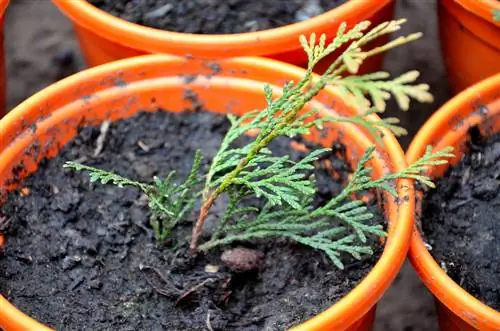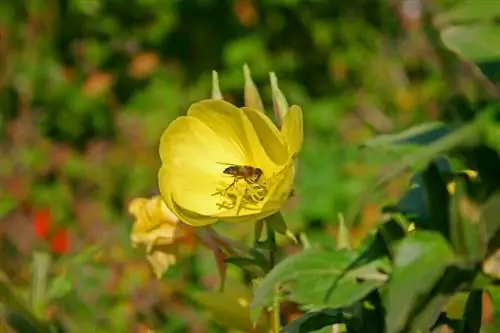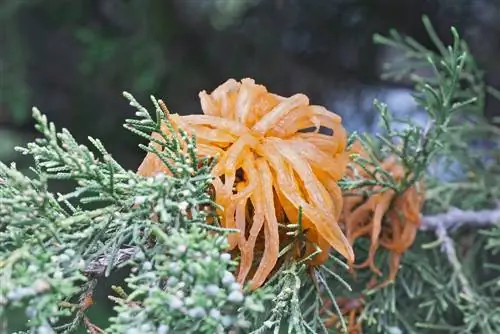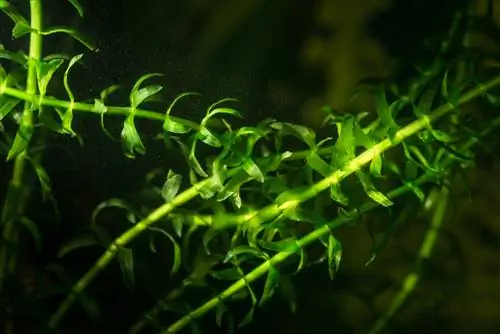- Author admin [email protected].
- Public 2023-12-16 16:46.
- Last modified 2025-01-23 11:21.
Once you've planted juniper, you won't want to be without the shapely tree. You don't necessarily have to buy new plants, but you can propagate the tree yourself using various methods.
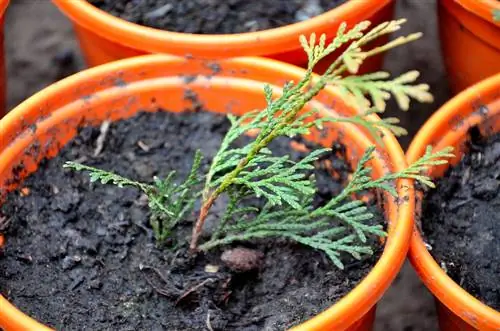
How to propagate juniper?
Juniper can be propagated via seeds, cuttings and offshoots. Seeds are sown in autumn, cuttings are cut in late summer, and offshoots of creeping juniper species are produced directly on the mother plant. Each method requires specific preparation and care.
Propagation methods of juniper:
- Seeds
- Cuttings
- offshoot
Seeds
The fruits are initially green and take two years to ripen. The berries turn blue-black and can be harvested for seed production in late summer or autumn. Before removing the pulp from the seeds, you should dry the fruits for a few months.
Crush the berries and clean the seeds so that no pulp residue remains. The seeds need to be watered for several days. Alternatively, you can pour water at around 60 degrees Celsius over the seeds and then let them soak for two hours. These measures increase germination. The seeds are then scattered into a freezer bag filled with sand and stored in the refrigerator for three months.
How to sow successfully:
- Fill planter with compost
- Sprinkle seeds onto the substrate in autumn
- Cover the grains with sand and keep them evenly moist
- pay attention to temperatures between 15 and 20 degrees Celsius
Cuttings
In late summer you can use young and already woody shoots for propagation from cuttings. For this purpose, side shoots are preferably used, which are suddenly torn off from the main shoot. This creates a tongue of bark, which is then cut off with a sharp knife. With this method, the branch remains on the cutting. This has a large dividing tissue and reliably forms new roots.
Short the cutting to 15 centimeters and remove the needles in the lower third and the shoot tip. You can score the bottom end to improve water absorption. Place the Rissling in loose soil with a high sand content and place the container in a warm place with a temperature of 20 degrees Celsius.
offshoot
Some species such as the creeping juniper form offshoots that can be separated from the mother plant and planted. This method is the simplest form of propagation, but does not work for all types of juniper. This means you grow an identical specimen of the mother plant with the same properties. This propagation strategy makes sense, especially for varieties.

